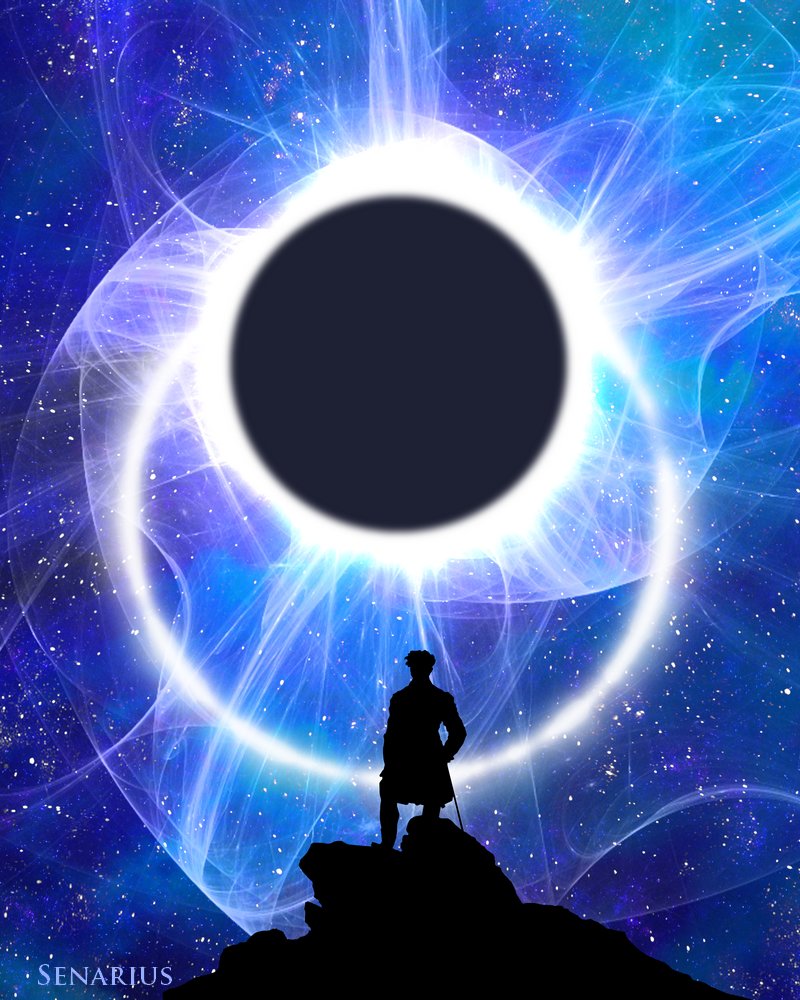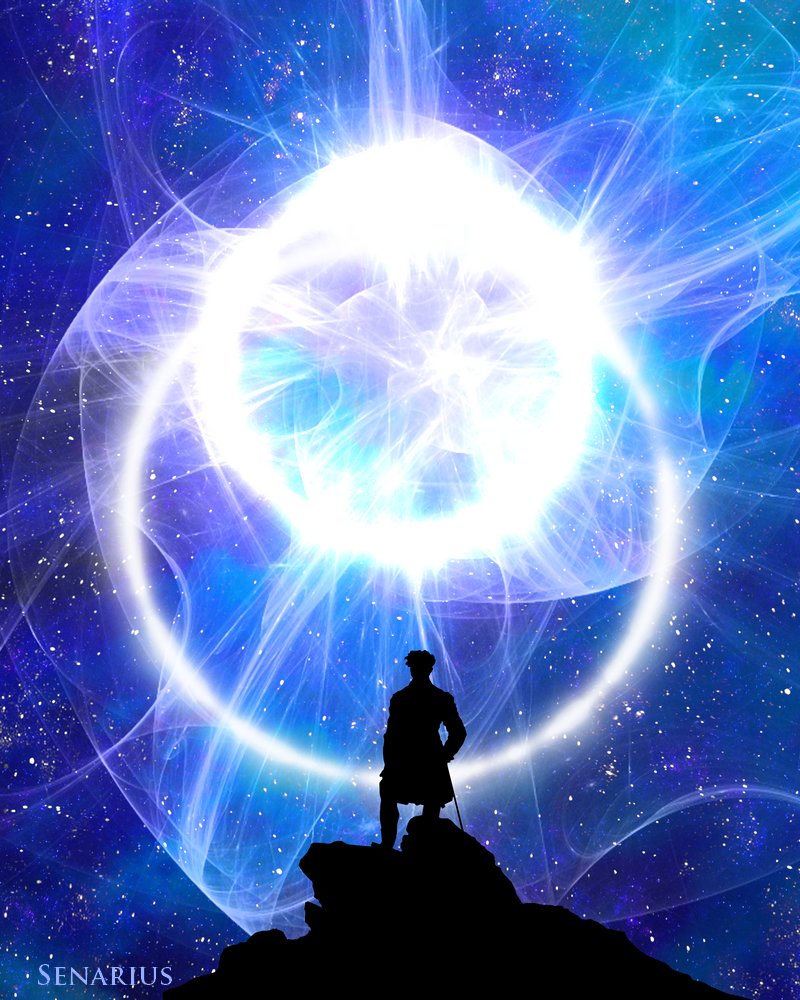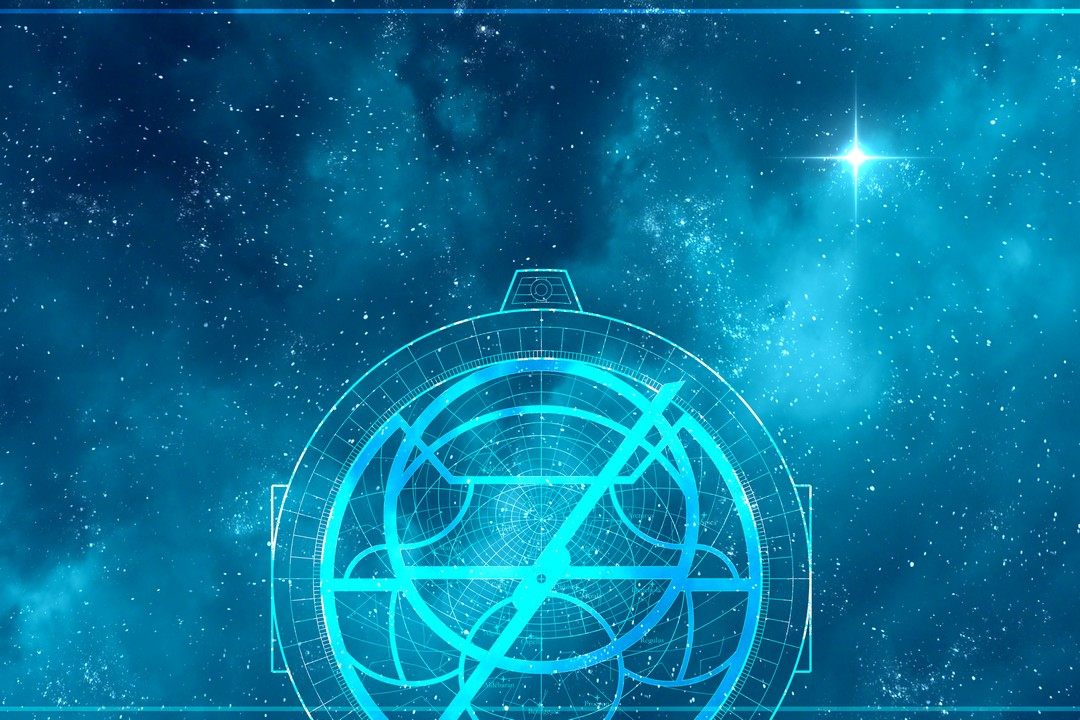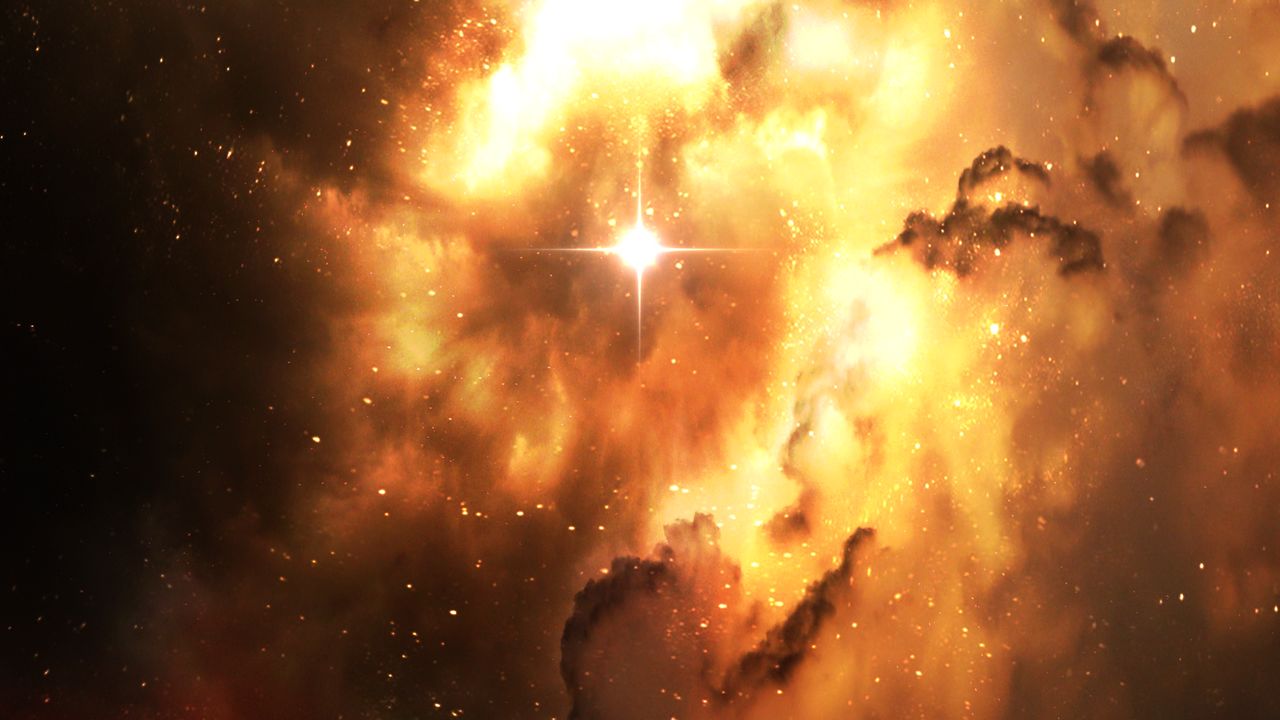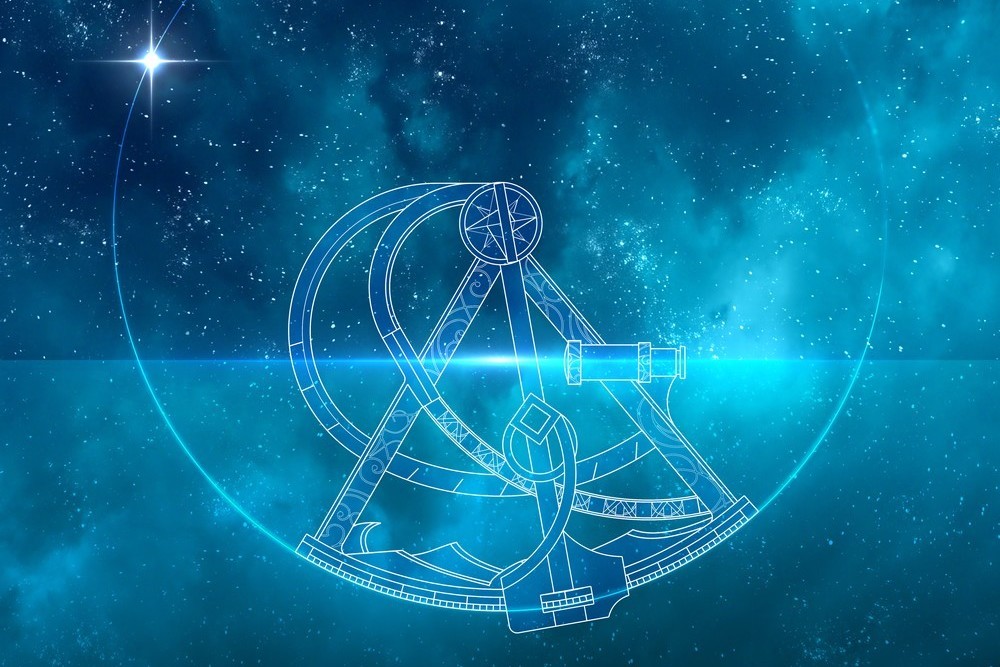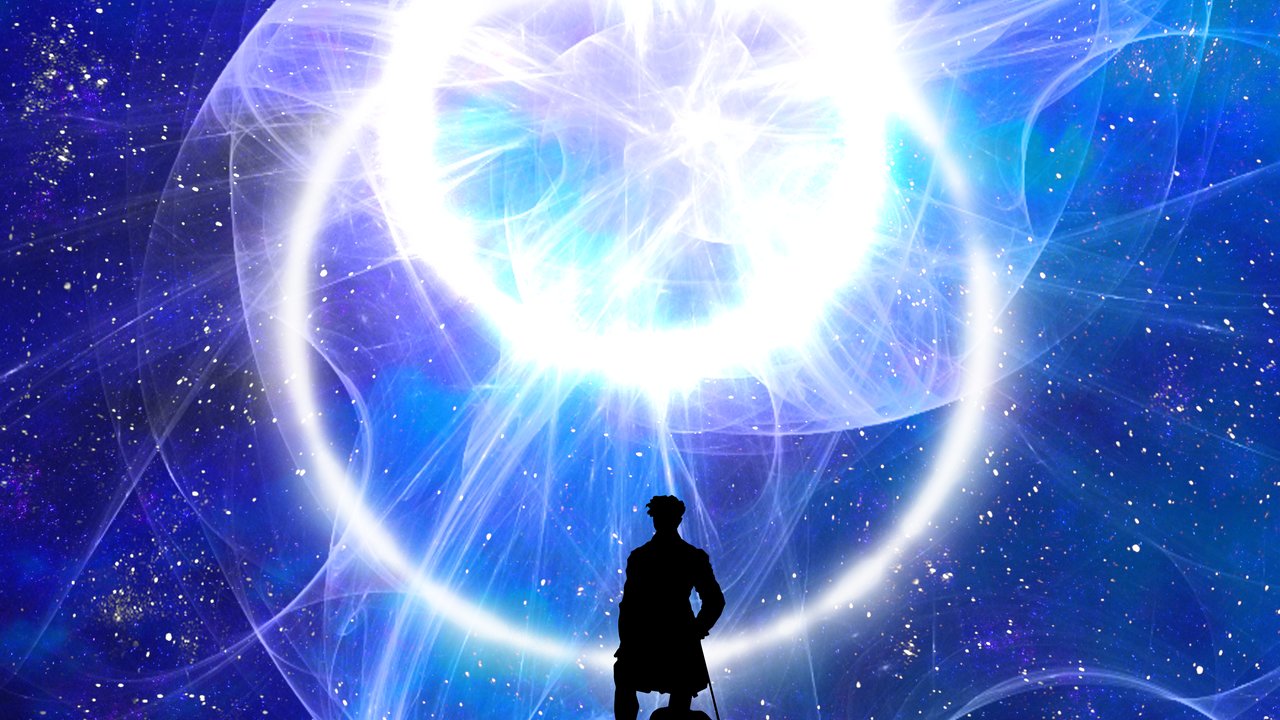
A Magnetic Eclipse, is it possible ?
Sci-Fi Places : draw inspiration from science to imagnine extraordinary worlds.
A little bit of dream
Every 20 years, the luckiest explorers can witness a spectacular “Magnetic Eclipse” on a little-known imaginary planet. The event occurs when one of the planet’s moons obscures its sun.
The eclipse first causes total darkness, revealing the solar corona. Then luminous filaments suddenly appear in front of and around the moon. We observe a network of luminous lines drawing loops and tendrils which unfold silently in the sky. Some spectators make a wish, others fall to their knees. But it doesn’t have to be.
A little bit of science
The explanation of the imaginary phenomenon is inspired by synchrotron radiation, visible in particle accelerators.
Synchrotron radiation is light radiation emitted by charged particles (electrons, etc.) accelerated in a magnetic field. The particles move along the lines of the field. Each time their speeds and trajectories change, the particles emit a visible photon.
Thus, the term “magnetic eclipse” is misleading. It especially indicates the role of magnetism in the phenomenon. In the case of the magnetic eclipse, this assumes that the moon has a magnetic field. Then imagine that this field is unstable, and envelops the moon in a bizarre magnetic bubble.
-The particles emitted by the sun strike the moon, some cross it to come out in front of the spectators.
-The particles are then deflected by chaotic field lines, which causes them to change their speeds and directions.
-The particles thus accelerated emit light by synchrotron radiation. The lines of light wrapped around the moon visualize the lines of the bizarre magnetic field.
-This light is made clearly visible by the momentary darkness created during the eclipse.
Artist’s impression of the magnetic eclipse
Find all Space Art and astronomy decoration creations on the Senarius store.
Sources :
